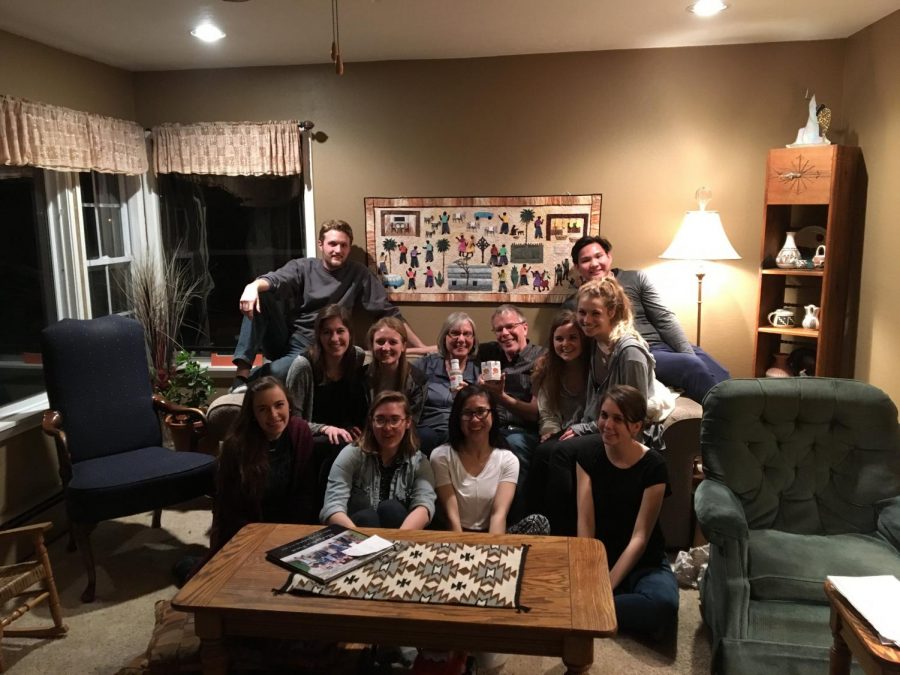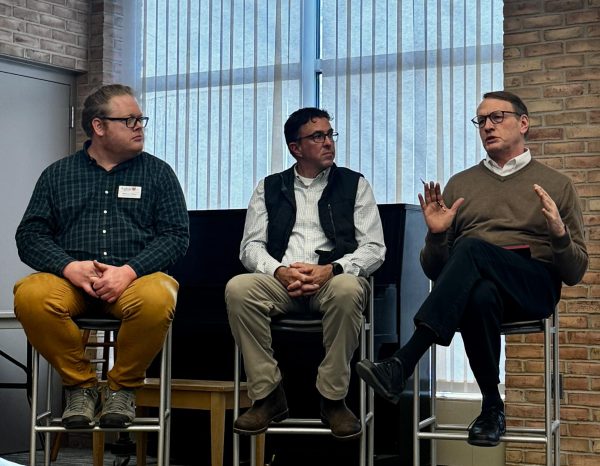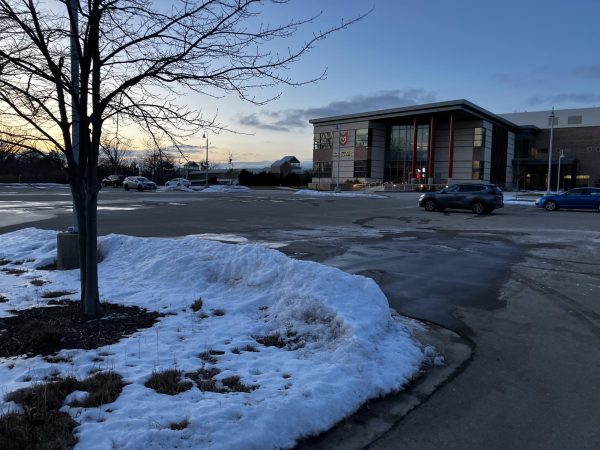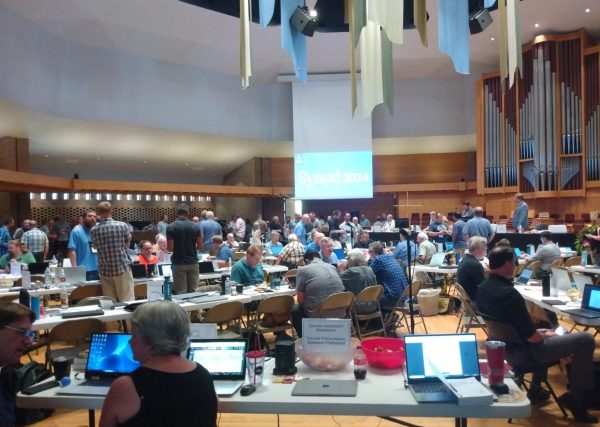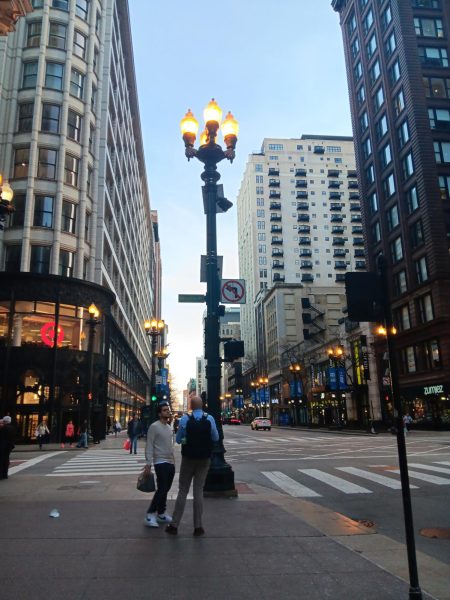Pre-health students encounter Navajo culture on spring break trip
10 pre-health students flew to Rehoboth, N.M. for a service trip that they say caught them by surprise.
The student-led group was spearheaded by public health senior Thuy-Tien Nguyen and biochemistry senior Thomas Althaus, and, according to Nguyen, was the first interdisciplinary health sciences spring break trip at Calvin.
The group visited parks, schools and healthcare providers in the area, grappling with healthcare challenges and learning about Navajo and Zuni Native American cultures.
Rehoboth, N.M., is located in the state’s northwest corner. It sits two hours from Albuquerque in a region that contains Hopi, Navajo, Zuni and Ute Native American reservations.
The team, which included nursing, pre-med, physical therapy and pre-physician assistant students, witnessed the intermingling of Christianity with Navajo and Zuni faiths.
Biology/pre-med junior Madison Tissue said that in one instance, the group spoke with a man who saw Navajo traditions and Christianity as compatible:
“This was so inspiring to me, especially in light of the conflict we learned about surrounding Christianity and the Zuni religion,” she said.
Tissue added that the most challenging piece of the trip was coming to grips with the conflict that shaped the Southwest and remains wrapped up in Christian missions in the region.
“Hearing about missionaries and white settlers demanding [that] Native Americans renounce their identity as Navajo or Zuni to become ‘true Christian’ is deeply saddening for me,” Tissue said. However, she added that it was encouraging to learn from Rehoboth Christian School teachers about Christian community members’ efforts at “combating the past and creating a new future.”
Junior neuro-psychology student Mikaela Hager said that she grappled with the same idea, noting that doing so is a difficult task for western Christians. She added that the stories she heard of reconciling the two ideologies were “beautiful.”
“I still struggle to fully understand how one is able to integrate these two areas of life that seem so different, but feel that I have a better understanding after this trip and a more open mindset towards the idea,” she said.
The team also spoke with people living in the Zuni reservation who did not think that Christianity and Zuni traditions could be brought into harmony. Joey Mellinger, a junior studying public health, said that teachers spoke about the difficulty of seeing these two ideologies at odds in the classroom.
Nguyen said that she was saddened by a lack of reconciliation, in many cases, between the two faith traditions in an area that is still recovering from a clouded history of missionary work in the area.
Team members said that the trip brought the students together in unexpected ways. Nguyen said that the group had to troubleshoot obstacles together without an “adult supervisor.”
“It really opened up a chance for us all to depend on one another to get from place to place, to basically survive the week on our own,” she said and added that “the amount of flexibility, autonomy, student leadership and organic conversation that came from this group was phenomenal.”
Two days of the trip were spent shadowing in local hospitals. Nguyen said that the team was able to get experience in multiple contexts including: the emergency room, an operating room, pediatrics, infectious disease, urgent care, orthopedics and physical therapy.
The group also witnessed live births and multiple emergency situations. Students said that the experiences in Rehoboth shaped their visions of what their futures could look like.
Mellinger said that prior to the trip, he knew that he wanted to go to medical school and then work in a “high-disparity population,” and that after going, he could picture returning to Rehoboth.
“Honestly, that’s just an open door that I could take some day if I wanted to,” he said. Mellinger was interested by the way in which the healthcare system functioned differently on the reservations. He said that the group was told about a government-run hospital that kept a medicine man on staff who worked alongside other healthcare providers.
Mellinger also mentioned hearing from care providers about efforts to accommodate a Navajo belief that predicting bad medical situations can cause them to come true, making predictive healthcare more difficult.
According to Nguyen, team members also came to grips with serious community health problems that are pervasive in the region including: diabetes, obesity, cirrhosis, mental disorders and suicide. She said it was surprising to see “chronic, continuous health problems” in the community up close.
Hager said that she is also considering returning to Rehoboth.
“Before, I would have never considered moving to a place like Rehoboth, but after the amazing experiences and every person we met saying things like, ‘this is a great place to live,’ ‘there are lots of jobs,’ we’d love for you to come back’ and ‘you can even spend a semester with us,’ I am now considering it.”
Tissue said that the trip expanded what she understood of “the relational and cultural side of medicine” and caused her to ask questions about the purpose of working in healthcare in underserved areas and how that work can be engaged with the culture of a region.
“It reminded me why I want to pursue medicine: to serve a fundamental need to engage in meaningful community with people.”



